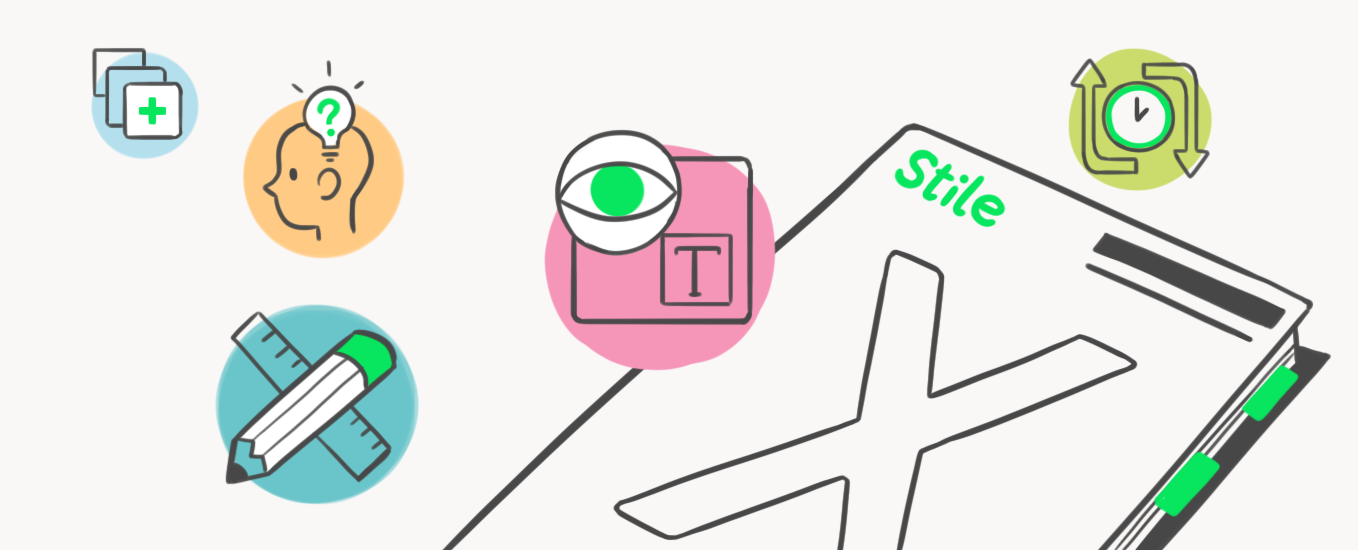The Science of Stile's Revision Resources
Five evidence-based learning strategies embedded into the design and content of Stile's revision resources

By Kat Gentry, Special Projects Lead at Stile Education
I’ll never forget my first year teaching in a rural Victorian school. My Year 7s had their first big test coming up on the states of matter. To prepare them for the test, I provided practise tests, and we spent a class revising. The students seemed confident and motivated to prove themselves, and I smugly thought they would nail it.
After the test, I looked at their answers and was crushed. Many questions were left blank, and most were answered poorly. It was hard to deliver the bad news to the hopeful bunch, and at the time, I couldn’t find a good explanation for the lacklustre results.
What was happening in my students’ brains? Why didn’t the learning stick?
It turns out that learning is not just about setting aside the time to study (although that is an excellent first step!). Cognitive science tells us that learners must also work hard to integrate the new knowledge and form long-term memories. As part of Stile, we have a collection of unit-aligned revision resources to bring that cognitive science into the classroom and help students be better learners.
Why is learning so hard?
Learning can be tricky for a few reasons. Firstly, sometimes going with our intuition about how we learn can be detrimental. When learning feels easy, this can signify that we aren’t embedding new knowledge in long-term memory. Secondly, there can be a communication breakdown between research scientists and schools. Research might indicate that a learning strategy works well, but this might not be communicated to teachers. Or, when a school tries something recommended by research, the on-the-ground implementation may be impractical or burdensome.
So, what works?
Despite these challenges, some learning strategies have proven effective in the lab and the classroom. In other words, these strategies have both the school and the science stamp of approval.
Five such learning strategies have been embedded into the design and contents of Stile's revision resources to support meaningful revision. Have a read of each learning strategy and how you can implement it with Stile's revision resources using the links below:
Stile is here to help bridge the gap between what's happening in research and what happens on the ground in schools. If you’re keen to find out more about Stile's revision resources, head here!

